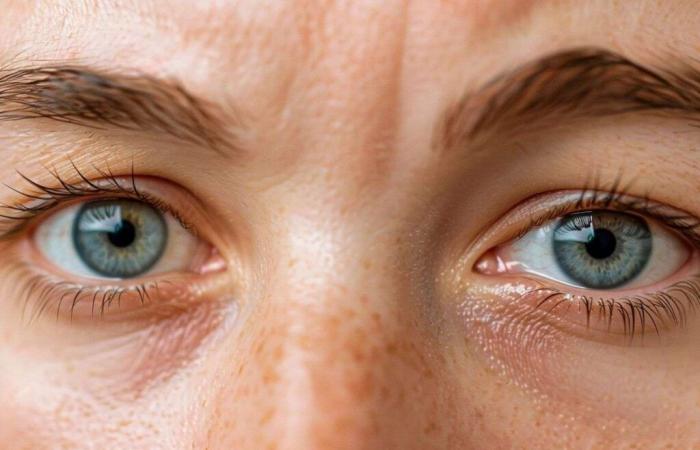Researchers have tried an experimental medication on mice, observing a repair of the eye and a partial restoration of the vision. This innovative treatment opens the way to new perspectives for the fight against certain eye diseases.
TL; Dr
- New treatment regenerates the nerves of the retina in mice.
- Prox1 blocking restores self-ocular potential.
- Human clinical trials envisaged by 2028.
An unprecedented hope for the regeneration of retina cells
The research is fast approaching in the field of vision restoration, and a South Korean team has just offered a striking illustration. Led by Eun Jung Lee within the prestigious Korea Advanced Institute of Science and Technology (KAIST)their study proposes an innovative method to stimulate the repair of the nerve cells of the retina. If the experiment has been carried out on mice, the results obtained already open promising prospects for human pathologies.
The key role of the PROX1 protein in self-repair
To understand this turning point, you have to look at a organic actor hitherto underestimated: the protein Prospero homeobox protein 1 (Prox1). By blocking the latter using a drug made up of antibodies, researchers have managed to restore the natural capacity of retina support cells – called Müller glia (MG) – to transform into nerve cells. In fish-zebra, this function takes place spontaneously; among mammals, on the other hand, Prox1 seems to hinder the process.
The experiments have thus shown that the inhibition of the intercellular transfer of Prox1which spreads from neighboring neurons after a lesion, allowed MG to be reprogrammed in cellular precursors capable of repairing the damaged tissue. Note: this effect was maintained at least six months after intervention – a first among mammals.
Do you like our content?
-Receive our latest publications every day for free and directly in your mailbox
A track among others to defeat blindness
This scientific breakthrough is part of a larger field of experiments that try to restore sight: lasers activating certain neurons, transplantation of stem cells … But here, several hundred millions of individuals concerned around the world by diseases like the retinal degenerationthe glaucoma or even pigment retinitis.
At a time when demographic aging continues to increase the number of people threatened by these irreversible disorders, it is not surprising that the Korean team displays a clear ambition: to provide ” a solution to patients risking losing their sight and so far deprived of real treatment ».
And after? The next challenges before the human
Caution remains in order. Because if these works finally reveal why mammals do not naturally regenerate their retina and show that a “repair mode” could be activated, it will still be necessary to wait before any clinical application. Researchers are considering the launch of human trials by 2028 – a deadline that already crystallizes many expectations in specialists and associations of patients.








